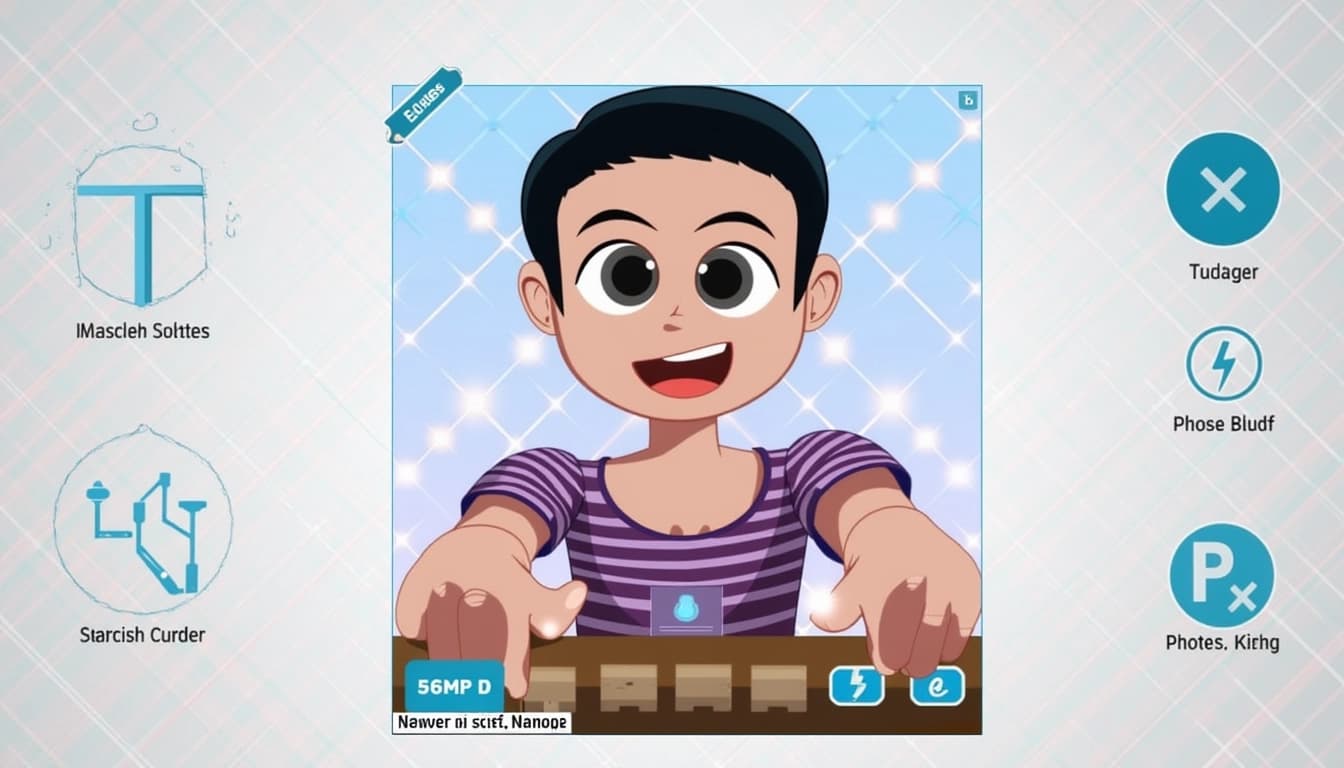
Is PIA the Best Tool for Turning Your Selfie into an Animated Star?
By John Doe 5 min
Key Points
Research suggests PIA (Personalized Image Animator) is a strong tool for turning selfies into animated stars with text-based motion control, but its technical complexity may limit accessibility for non-technical users.
It seems likely that for advanced users, PIA offers superior customization, while user-friendly alternatives like Unboring by Reface or Canva's AI Video Generator are better for ease of use.
The evidence leans toward PIA being best for those comfortable with technical setups, but for most, simpler tools may suffice.
Introduction
PIA, or Personalized Image Animator, is a research project that allows users to animate their selfies into videos, such as turning them into animated stars, using text prompts to control motion. This article explores whether PIA is the best tool for this purpose, comparing it with other options and considering user needs.
Capabilities and Use
PIA uses advanced AI to take a selfie and a text description, like "star twirling in space," to generate a video. It’s designed for high motion control and style preservation, making it ideal for creative, technical users. However, it requires setting up a development environment, which might be challenging for those without coding experience.
Comparison with Alternatives
Compared to tools like Unboring by Reface ([Unboring by Reface](https://reface.ai/unboring)) or Canva's AI Video Generator ([Canva AI Video Generator](https://www.canva.com/features/ai-video-generator/)), PIA offers more customization but less user-friendliness. These alternatives are web-based, making them accessible for anyone, but they may lack PIA’s text-based motion control.
Conclusion
For advanced users seeking detailed control, PIA is likely the best, but for most, easier tools might be preferable. Consider your technical comfort before choosing.
Detailed Analysis: Is PIA the Best Tool for Turning Your Selfie into an Animated Star?
This analysis delves into the capabilities and limitations of PIA compared to other tools available in the market.
In this article, we will explore the capabilities of PIA (Personalized Image Animator), a research project by OpenMMLab presented at CVPR 2024, to determine if it is the optimal tool for transforming selfies into animated stars. We will delve into its functionality, compare it with other tools, and assess its suitability for different user types, providing a comprehensive overview for potential users.
Understanding PIA: Functionality and Technical Details
PIA is designed to animate personalized images, such as selfies, using text-to-image (T2I) models enhanced with temporal alignment layers. This allows users to generate videos from a single image and a text prompt, preserving the input image's style while enabling motion control via text descriptions. For instance, a user could input a selfie and the prompt 'star twirling in space' to create an animated video. The tool builds upon a base T2I model and includes a condition module that uses the condition frame and inter-frame affinity to transfer appearance information, ensuring alignment with both the image and text.
Technical Setup and Requirements
However, PIA is a research project, and its use involves setting up a development environment, installing dependencies, and running code, which requires technical knowledge. It is available on GitHub and has a pipeline on Hugging Face, but these resources are geared toward users with machine learning backgrounds. This makes it less accessible for casual users who may not have the technical expertise to navigate these platforms.
Comparison with Other Tools: Accessibility and Features
To assess whether PIA is the best tool, we compare it with other options available for animating photos or generating videos from images, focusing on user-friendliness and functionality. Tools like Unboring by Reface offer a more straightforward approach, allowing users to animate photos without the need for technical setup. These alternatives often come with intuitive interfaces and pre-built templates, making them more accessible to a broader audience.
Conclusion & Next Steps
PIA is a powerful tool for those with the technical skills to utilize it, offering advanced features for personalized image animation. However, for casual users or those without a background in machine learning, other tools may provide a more user-friendly experience. Ultimately, the choice depends on the user's technical proficiency and specific needs.
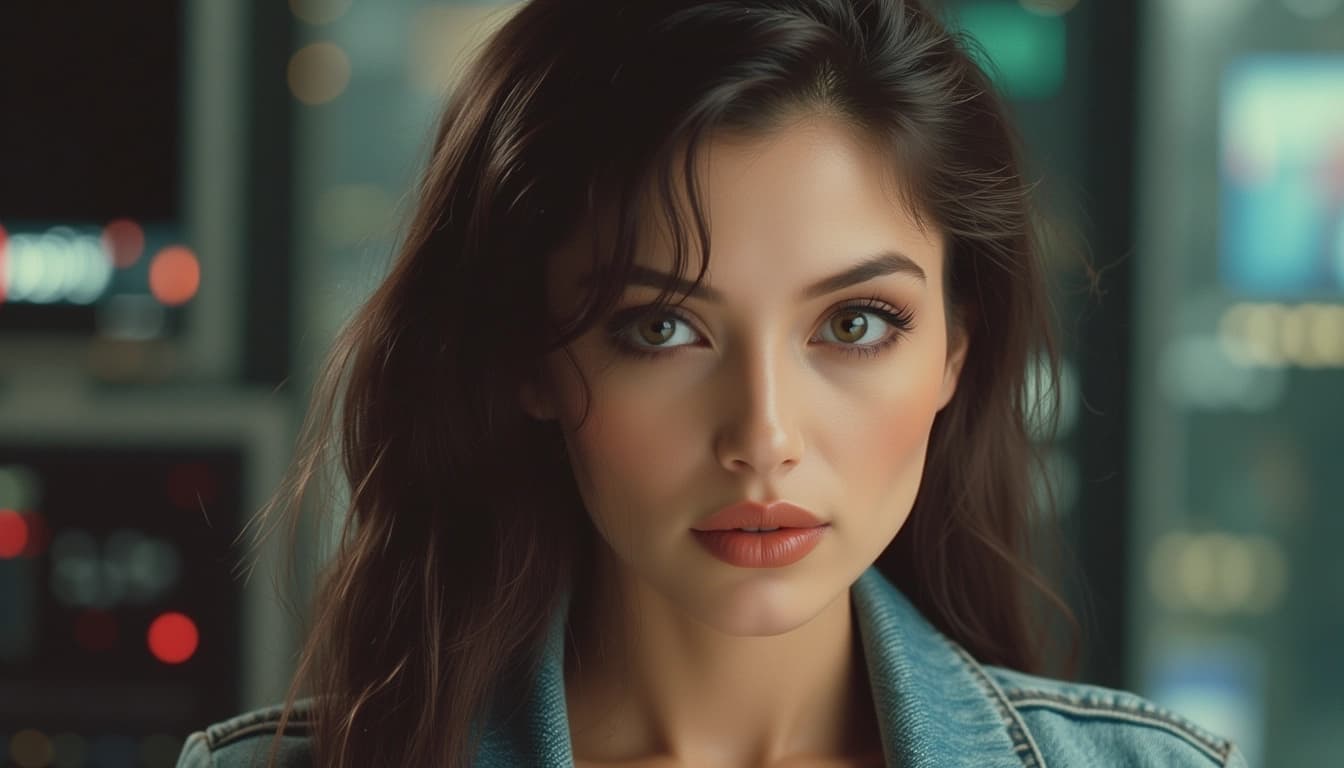
- PIA is ideal for users with technical expertise.
- Alternative tools like Unboring by Reface are more accessible for casual users.
- The choice of tool depends on the user's needs and technical background.
PIA (Personal Image Animator) is a tool designed to animate a single image based on text prompts. It allows users to create personalized animations by describing the desired motion in text. This makes it particularly useful for creating unique animations without needing advanced technical skills in animation software.
Comparison with Other Tools
When comparing PIA to other tools like Unboring by Reface and Canva's AI Video Generator, it stands out for its text-based motion control. Unlike Unboring, which offers predefined animations, PIA allows for more customization. Canva's tool, while user-friendly, lacks the specific motion control features that PIA provides.
Unboring by Reface
Unboring by Reface is a web-based tool that specializes in face-swapping and creating humorous videos. It is very easy to use, requiring no technical setup, and offers a variety of predefined animations. However, its lack of text-based motion control limits the level of customization available to users.
Canva's AI Video Generator
Canva's AI Video Generator is another alternative that allows users to create videos from text prompts. It includes features for animating photos and is designed to be intuitive and user-friendly. However, its focus is more general, and it may not offer the same level of detailed motion control as PIA.
Pros and Cons of Using PIA
PIA offers high customization through text-based motion control, making it ideal for users who want precise animations. However, it requires some technical setup and is not as user-friendly as commercial tools like Unboring or Canva. This makes it more suitable for technical users who are comfortable with open-source software.
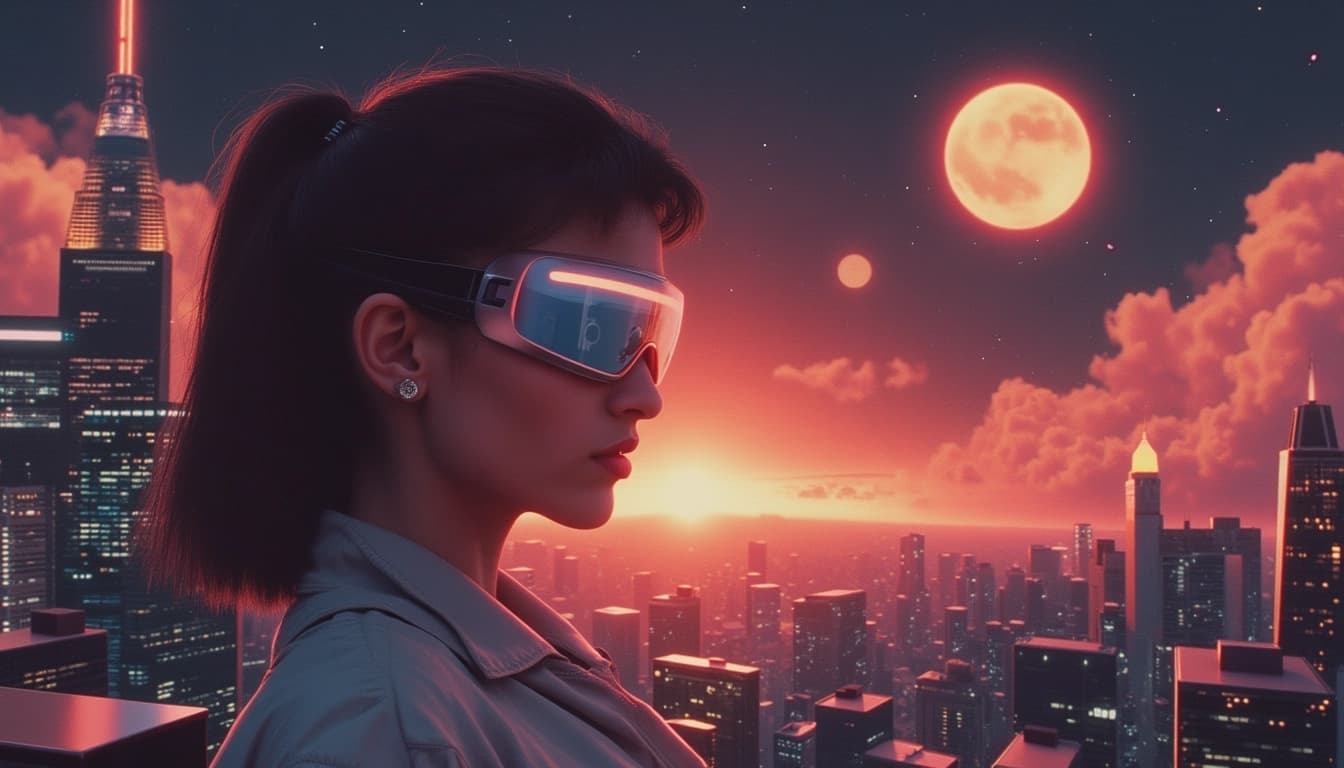
Conclusion & Next Steps
PIA is a powerful tool for animating images with text-based prompts, offering high customization for technical users. While it may not be as accessible as some commercial alternatives, its unique features make it a valuable option for specific use cases. Users looking for an easy-to-use tool might prefer Unboring or Canva, but those needing detailed control will find PIA ideal.

- PIA offers text-based motion control
- Unboring provides predefined animations
- Canva's tool is user-friendly but less customizable
PIA (Personal Image Animator) is a cutting-edge tool designed for advanced users who require precise control over image animations. It stands out for its ability to preserve styles and enable detailed motion customization, making it ideal for research and creative projects.
Key Features of PIA
PIA offers a range of features that set it apart from other animation tools. It supports personalized text-to-image (T2I) models, allowing users to integrate their own styles and preferences. The tool also provides fine-grained motion control, enabling users to define specific animations, such as a star twirling or a face rotating.
Style Preservation
One of PIA's standout features is its ability to maintain the original style of the input image during animation. This is particularly useful for artists and researchers who want to ensure consistency in their work. The tool achieves this through advanced algorithms that analyze and replicate the image's unique characteristics.
Technical Requirements
Using PIA requires some technical expertise, as it involves setting up a local environment and understanding parameters like motion intensity and direction. The tool is open-source, which means users can modify and extend its functionality to suit their needs. However, this also means that beginners might find it challenging to get started.
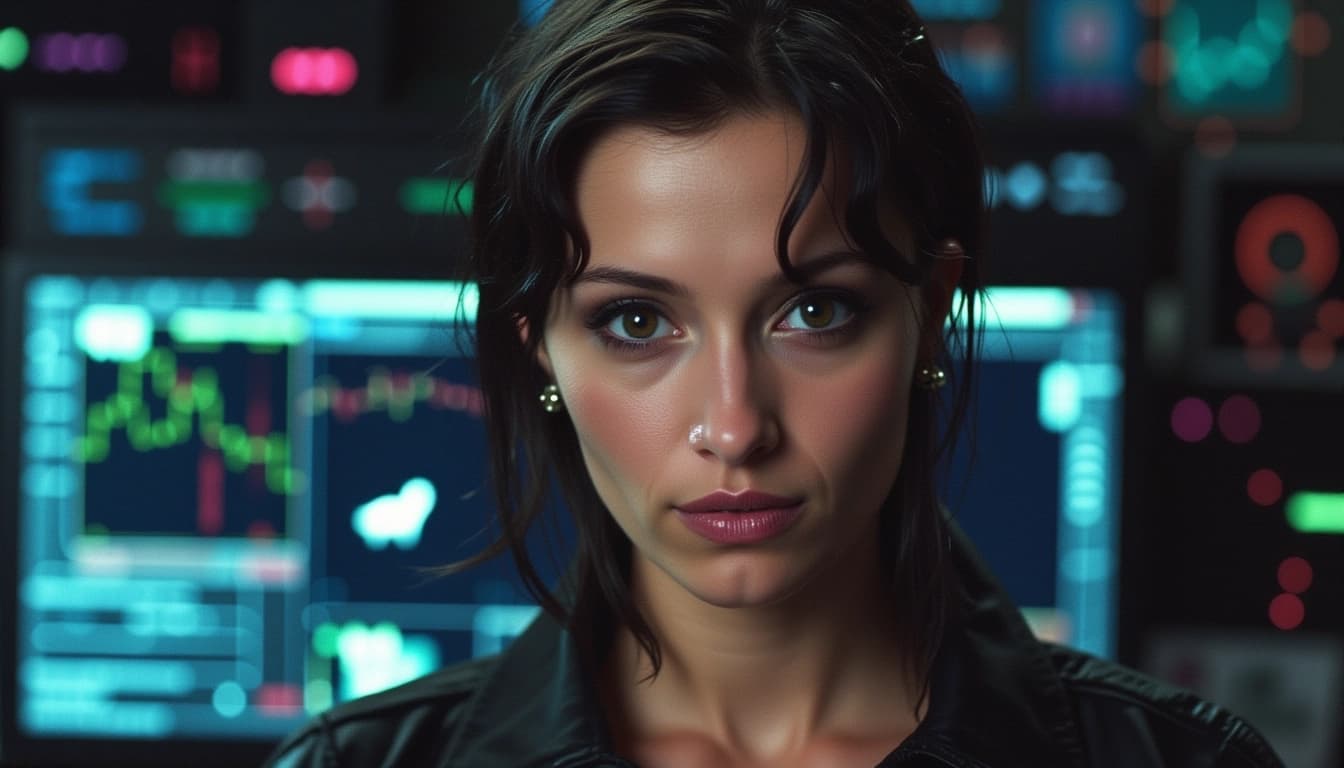
Comparison with Other Tools
When compared to user-friendly alternatives like Unboring by Reface or Canva's AI Video Generator, PIA offers more advanced features but at the cost of ease of use. While tools like Unboring are great for casual users, PIA is tailored for those who need deeper customization and control over their animations.
Output Quality
PIA's output quality is research-grade, making it suitable for professional and academic applications. The tool excels in scenarios where precision and style preservation are critical, such as creating animations for presentations or experiments.
Conclusion & Next Steps
PIA is a powerful tool for advanced users who need detailed control over image animations. Its open-source nature and style preservation capabilities make it a valuable asset for researchers and developers. For those new to animation, starting with simpler tools might be more practical before diving into PIA's advanced features.
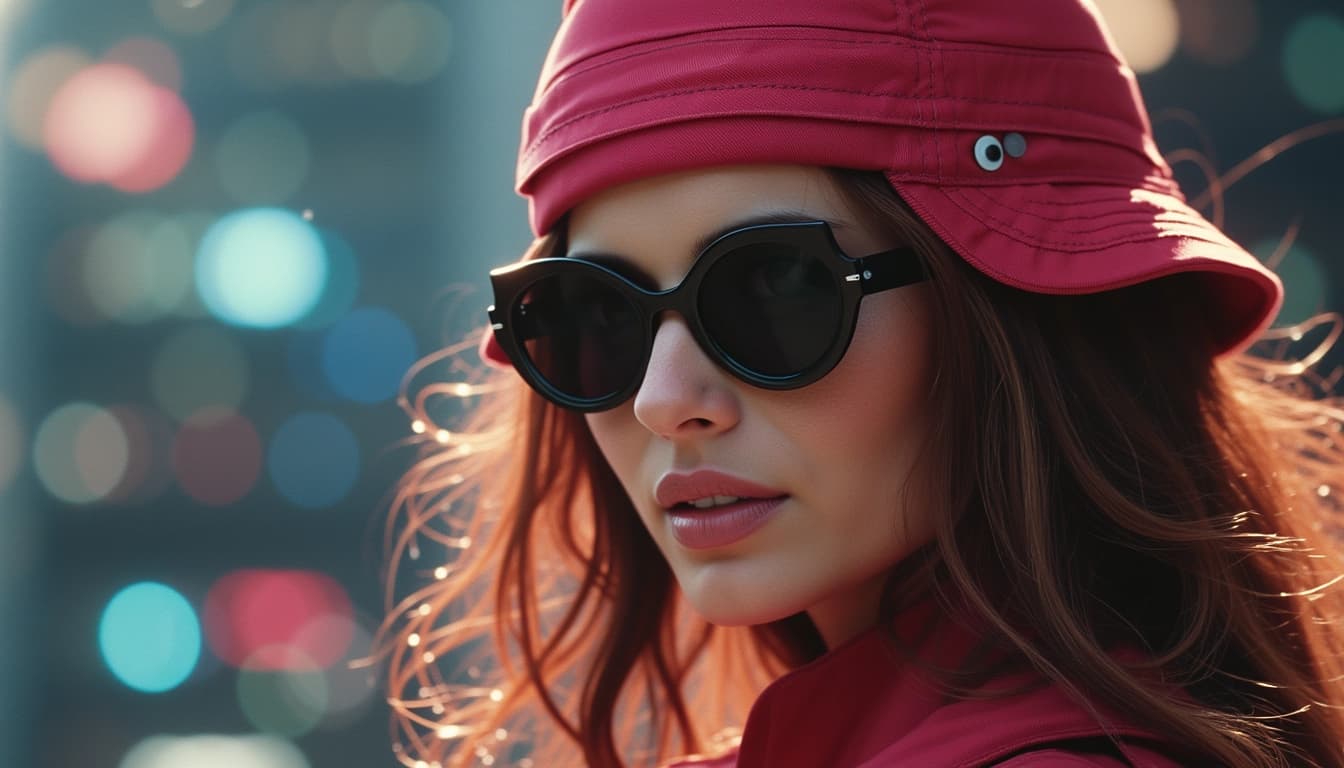
- PIA offers advanced motion control and style preservation.
- It requires technical expertise to set up and use effectively.
- The tool is open-source, allowing for customization and extensions.
The article discusses various tools for turning selfies into animated videos, comparing their features and usability. It highlights the strengths and weaknesses of each tool, providing insights into which might be best suited for different user needs.
Introduction to Animated Selfie Tools
Turning selfies into animated videos has become a popular trend, with several tools available to achieve this effect. These tools range from research projects like PIA to commercial apps like Unboring by Reface and Canva's AI Video Generator. Each offers unique features, making them suitable for different use cases.
PIA: A Research-Based Approach
PIA (Personalized Image Animator) is a recent research project that leverages text-to-image models to create animations. It offers high customization but requires technical expertise, making it less accessible for casual users. The tool is ideal for those who need precise control over animations.
Commercial Alternatives
Commercial tools like Unboring by Reface and Canva's AI Video Generator provide user-friendly interfaces and are designed for casual and professional use. These tools are more accessible but may lack the advanced customization options found in research-based projects like PIA.
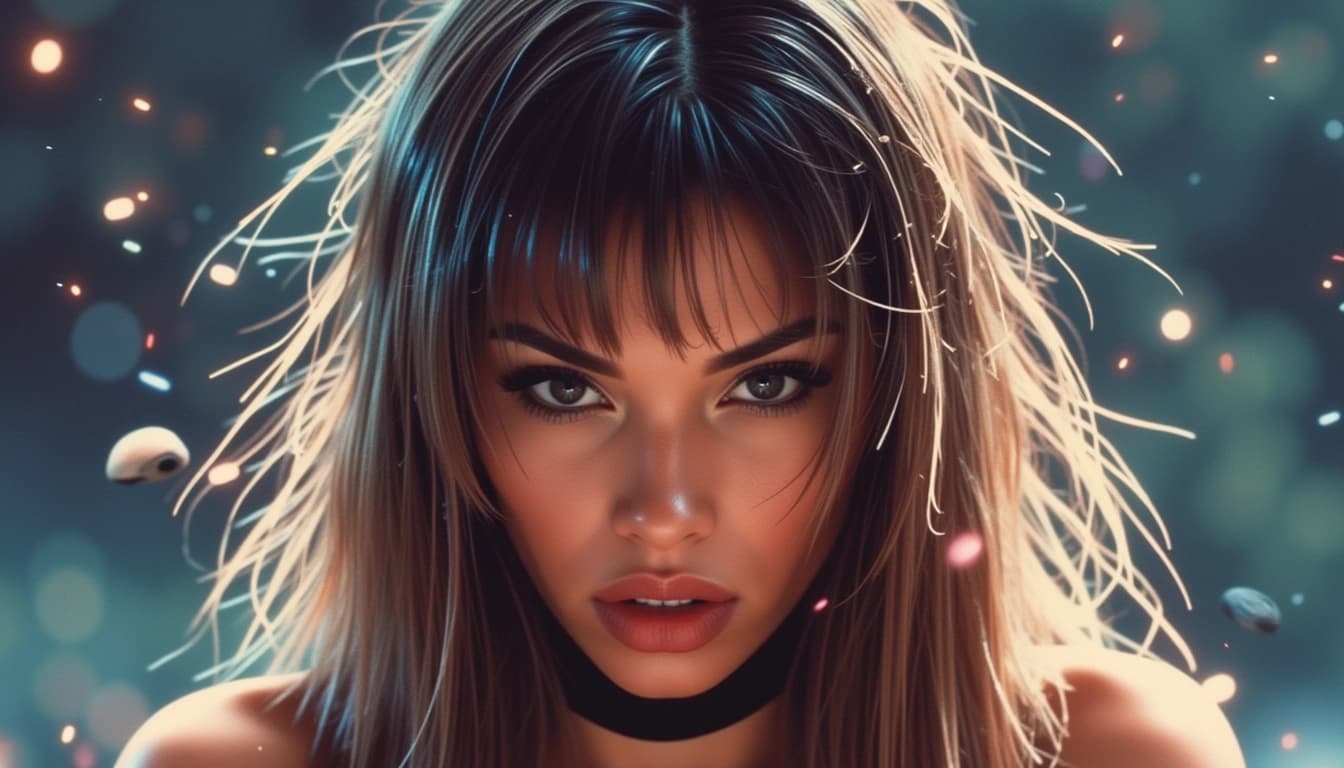
Conclusion & Recommendations
The best tool for animating selfies depends on the user's technical skills and specific needs. PIA is recommended for advanced users, while commercial tools like Unboring by Reface and Canva are better suited for casual and professional use. Future updates to PIA may make it more accessible to a broader audience.
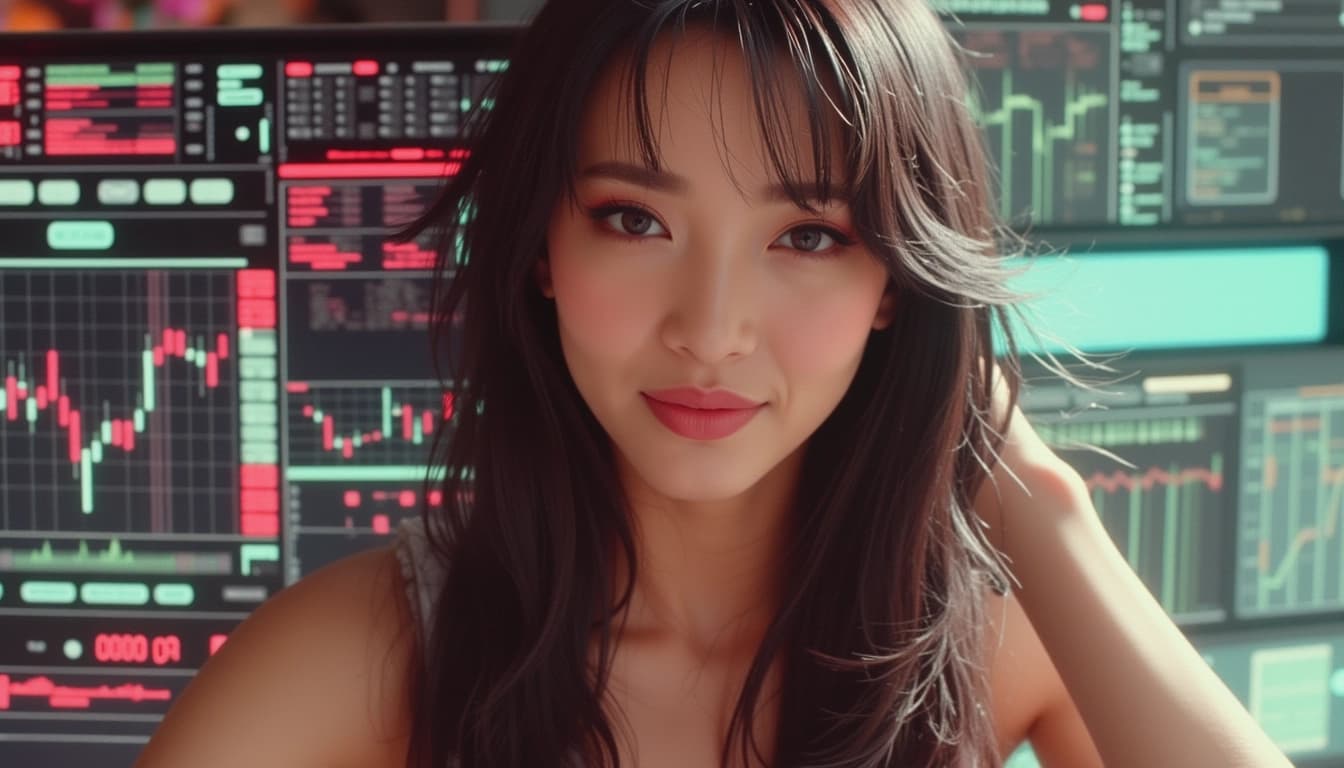
- PIA offers high customization but requires technical expertise.
- Unboring by Reface is user-friendly and great for casual use.
- Canva's AI Video Generator is ideal for professional content.